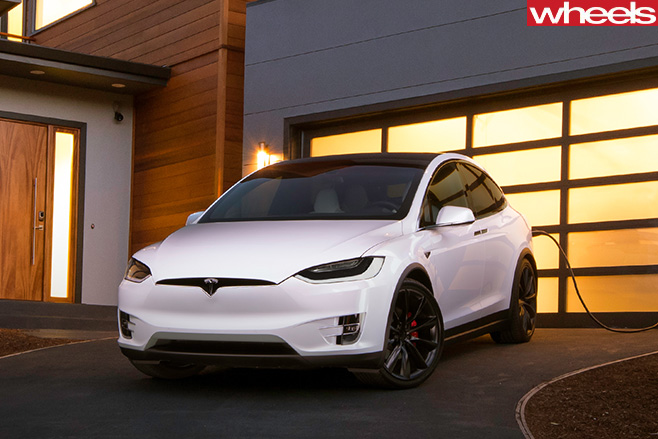Tesla’s troubles with its Autopilot system are firmly on the Federal Government’s radar.
THE Federal Government says it is monitoring Tesla’s troubled roll-out of driving assist technology as it works to set the framework for how Australia will one day handle self-driving cars.
Asked if there was any specific investigation into the roll-out of the Californian electric car company’s Autopilot system, the Department of Infrastructure said it “is being considered as part of general work to prepare for automated and connected vehicles”.
Tesla has recently tweaked parts of its Autopilot system after a number of claims overseas that the semi-autonomous drive function has resulted in owners crashing their cars. In one instance, a driver died when the cameras used for the self-driving system – that the carmaker admitted was still in a test phase – failed to see a white trailer crossing the road in front of it. The driver is alleged to have been watching a movie – not driving the car – at the time of the crash.

The changes were introduced as part of Tesla’s version 8.0 software upgrade rolled out to its cars in Australia earlier this month.
According to Tesla, the software update “combines a modern look with updates to Autopilot, navigation with trip planner, maps, and the media player for a safer, more advanced driving experience”.

The latest version of the software now bounces its radar signal below the car in front to read what is happening – meaning the system can now look much further ahead than the driver.
Tesla has recently fallen foul of German regulators who claim the Autopilot name is misleading, saying it is suggesting to owners that the cars can drive by themselves. It has recommended that the electric car maker not use the name in any of its advertising.

The government released a discussion paper in August as part of a three-year action plan to support the on-road use of autonomous vehicles.
The National Transport Commission is also expected to give state and territory governments a set of recommendations for how to regulate autonomous cars.
South Australia has already paved the way, adopting new road rules that remove the need for a human behind the wheel and opening the door to autonomous car trials in the state.

“Any statement representing products or services should be true, accurate and able to be substantiated,” the consumer watchdog said in a statement.
“Including a statement that the self-driving functionality is subject to regulatory approval may not be sufficient to avoid any legal obligations which arise.
“If regulatory approval is not provided, then the business could be liable to compensate consumers under the Australian Consumer Law and may also be subject to legal action from the Government.
“If a business needs to qualify its advertisements, it must make sure the qualifying statements are clear and prominent so that consumers know what the offer is.”





